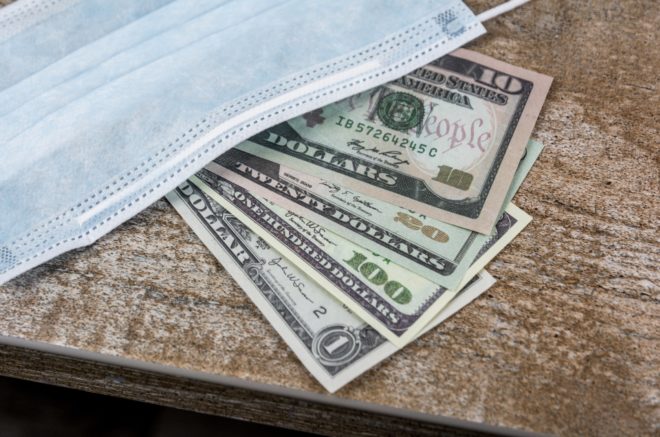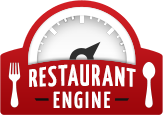Economic Injury Disaster Loans (EIDL) Now Open to Non-Agricultural Businesses, Including Restaurants

For almost two months, applications to a $1,000-per-employee, grant-like program were limited to agricultural businesses. As of one week ago, the U.S. Small Business Administration (SBA) has reopened its application window to non-agricultural businesses for the Economic Injury Disaster Loan (EIDL) program.
EIDL “advances” (grants, essentially) provide up to $10,000 of economic relief to businesses that are currently experiencing temporary difficulties as a result of COVID-19 complications. The advance is calculated by the SBA at $1,000 per employee, up to a maximum advance of $10,000 for businesses with 10 or more employees.
To summarize, there are two items for which restaurant owners apply altogether in a single application.
- Economic Injury Disaster Loan (EIDL)
- Maximum loan amount: $150,000
- Interest rate: 3.75%
- Interest and repayments are deferred for at least six months, and up to one full year
- Loan term: 30 years (not a typo!)
- Economic Injury Disaster Loan Advance
- Cash grant-like (“Will not have to be repaid.“)
- Maximum grant: $1,000 per employee, up to $10,000 for 10 or more employees
The SBA has updated its website, clarifying the grant-like nature of EIDL advances: “This advance is designed to provide economic relief to businesses that are currently experiencing a temporary loss of revenue. This loan advance will not have to be repaid. Recipients do not have to be approved for a loan in order to receive the advance, but the amount of the loan advance will be deducted from total loan eligibility.”
According to an email to Bloomberg reporters from Carol Chastang, a spokesperson for the SBA, the EIDL program had $266 billion remaining loan funds as of June 19. As of June 21, the SBA had approved $113.3 billion in EIDLs and $12.3 billion in EIDL advances.
Restaurateurs can apply for EIDLs here. With organized financials, the application can take as little as 15 minutes. No documents are required to be uploaded during the initial application process; business owners simply need to provide accurate, honest answers to form questions. Specifically, applicants should know their exact Gross Revenues, as well as Cost of Goods Sold (COGS) (see IRS Form 1120, Line 2, for example) for the twelve month period beginning February 1, 2019 through January 31, 2020.
Additional terms of the EIDL program are accessible here. General program information can be found here. To qualify for EIDLs, businesses must be located within the U.S. and have fewer than 500 employees. The National Restaurant Association provides additional commentary here.
This article was written with information current as of the time of publication. Consult with registered financial and legal advisors regarding your specific situation. Nothing in this article should be used or relied upon for financial or legal advice. In addition, business owners who have received a Paycheck Protection Program (PPP) loan should check with their accountant regarding the forgiveness terms and how the EIDL might impact their PPP forgiveness application. Consult with a Certified Public Accountant regarding the tax treatment of any loan.
Photo by Bermix Studio on Unsplash


Leave a Reply